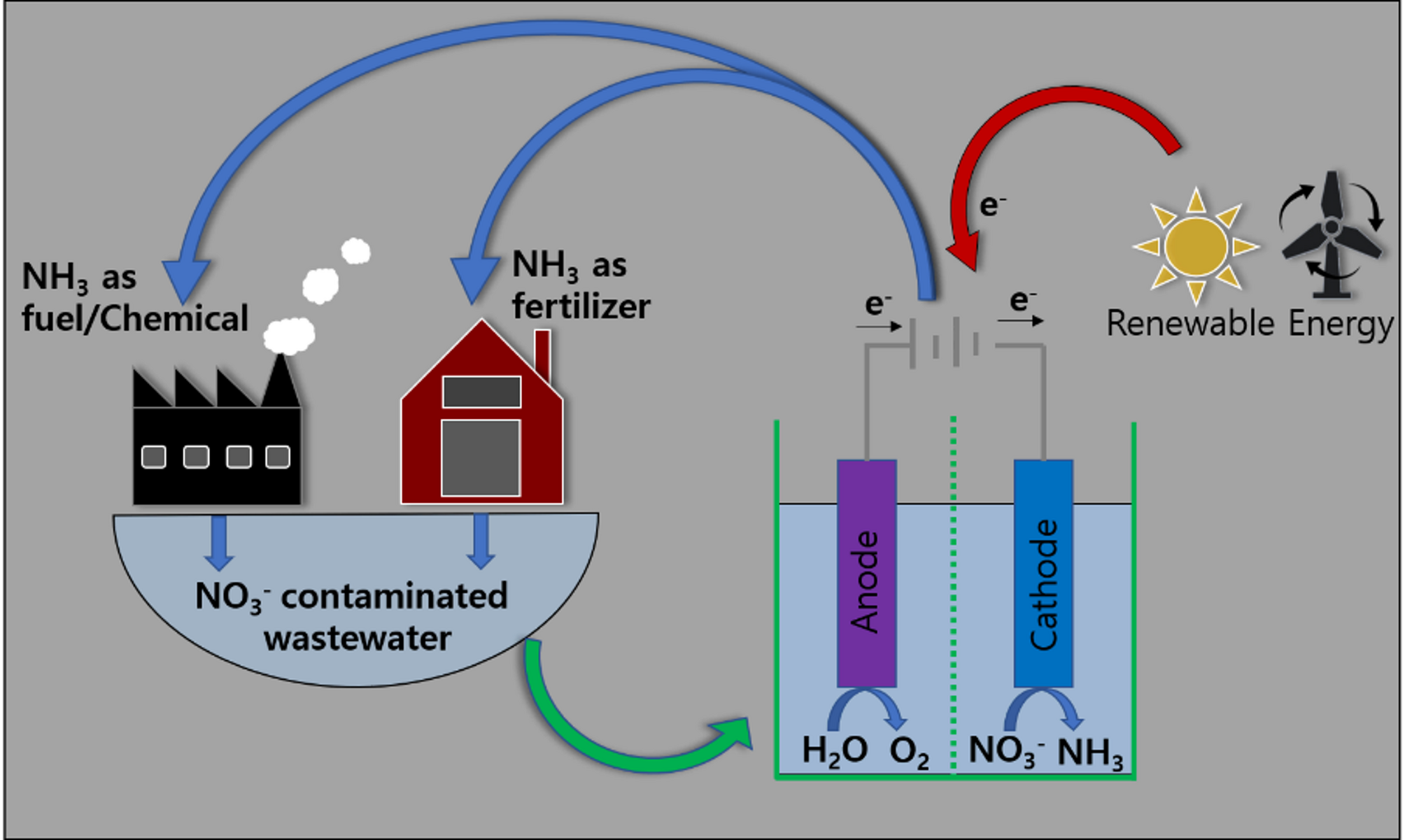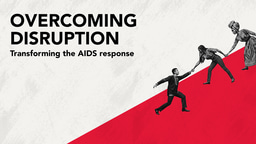From Nitrate to Ammonia: Mechanistic Insights and Catalyst Design

In this review, we provide a comprehensive overview of recent advances in electrocatalytic nitrate reduction (NO₃RR) for sustainable ammonia production. Our work addresses the limitations of the traditional Haber–Bosch process by exploring ambient-condition electrochemical conversion of nitrate into ammonia, highlighting mechanistic insights, catalyst engineering strategies, and practical applications.
Key Insights
- Why It Matters: Nitrate pollution disrupts ecosystems and human health. Electrochemical conversion of nitrate to ammonia offers a sustainable alternative to the energy-intensive Haber–Bosch process.
- Sustainable Pathway: NO₃RR offers a green route for ammonia synthesis, mitigating nitrate pollution and reducing carbon emissions.
- Mechanistic Understanding: Eight-electron NO₃RR pathway, competitive HER, and intermediates such as NO₂⁻, NO, NHₓ.
- Catalyst Design Strategies: Metal doping (Cu, Co, Fe, Ni, La, Ce), non-metal doping (B, P, S), single/dual-atom catalysts, heterointerfaces, high-entropy alloys.
- Performance Benchmarks: Faradaic efficiency up to 100%, NH₃ yield rates exceeding 290 mg h⁻¹ cm⁻², MEA-based systems maintain a stability of up to 2100 h with 80% Faradic efficiency.
- Future Outlook: Low-cost and durable catalysts for real wastewater treatment, standardized protocols for NH3 measurement, system-level engineering for industrial deployment.
Significance
This review provides a roadmap for advancing green ammonia production through electrocatalysis. By integrating mechanistic insights with material innovations, we outline strategies for designing efficient catalysts and systems that support global carbon neutrality goals.
Authors and Contact
Authors: Joyjit Kundu, Toshali Bhoyar, Jeonghyeon Kim, Jinwon Choi, Dohee Kim
Corresponding Authors:
- Taehyun Kwon – thyunkwon@inu.ac.kr
- Jin Young Kim – jinykim@kist.re.kr
- Kwangyeol Lee – kylee1@korea.ac.kr
- Sang-Il Choi – sichoi@knu.ac.kr
Affiliations: Kyungpook National University, Korea University, Korea Institute of Science and Technology (KIST), Incheon National University
Follow the Topic
-
Catal

Catal is an open access journal covering full spectrum of catalysis critical advances. From biocatalysts to heterogeneous catalysts, it integrates fundamental and applied sciences. Catal offers a primary platform for researchers and practitioners in the field.
Related Collections
With Collections, you can get published faster and increase your visibility.
Bio-Catalysis in Circular Bioeconomy and Green Chemistry
This collection emphasizes the role of bio-catalysis in advancing the circular bioeconomy, focusing on enzymatic transformations and eco-friendly processes that valorize renewable feedstocks. Contributions should highlight innovative applications of bio-catalysis in waste-to-value systems, biorefineries, and green chemical synthesis.
Catal invites research articles, reviews and reports on the topic of the development of enzymes, metabolic engineering, and integration of bio-catalysis into industrial processes, aiming to reduce dependency on fossil-based resources and promote sustainable practices.
Publishing Model: Open Access
Deadline: Dec 31, 2025
Nanocatalysis and Thermocatalysis in Precision Chemical Synthesis
This collection, hosted by Catal, highlights the intersection of nanocatalysis and thermocatalysis in precision chemical synthesis. It aims to disseminate cutting-edge research that drives innovation in catalytic materials, selective processes, and reaction pathways, fostering advancements in the production of fine chemicals and specialty compounds. Aligned with Catal's mission to prioritize impactful catalytic applications, this collection welcomes contributions from established and early-career researchers that advance both theoretical and applied catalysis.
The collection embraces the breadth of Catal’s coverage, including topics such as nanostructured catalysts, thermocatalytic processes, and advanced synthesis strategies. Contributions may explore catalytic mechanisms, computational modeling, or experimental breakthroughs, offering insights into scalable industrial applications and fundamental research. Articles types—original research, reviews, perspectives, and analyses—are all encouraged, ensuring a diverse platform for sharing high-impact advancements in catalysis.
Publishing Model: Open Access
Deadline: Dec 31, 2025






Please sign in or register for FREE
If you are a registered user on Research Communities by Springer Nature, please sign in